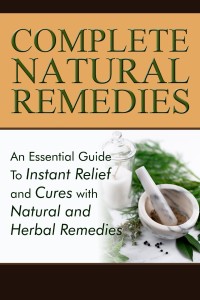 The flu virus is spread from person to person through respiratory secretions. This means that any fluid which comes from the mouth or nose through a sneeze or cough can transmit the influenza virus to another person. Because of the ease of transmission individuals who are a part of day care facilities, school classrooms, college dormitories, nursing homes and offices are at higher risk for contracting the illness when someone in their midst also has it.
The flu virus is spread from person to person through respiratory secretions. This means that any fluid which comes from the mouth or nose through a sneeze or cough can transmit the influenza virus to another person. Because of the ease of transmission individuals who are a part of day care facilities, school classrooms, college dormitories, nursing homes and offices are at higher risk for contracting the illness when someone in their midst also has it.
Once an individual coughs into their hands, sneezes onto a doorknob or uses a telephone the influenza virus can be transmitted to the next person. Symptoms usually develop one to four days after the individual has become infected with the virus. The infection happens through hand to nose or mouth contact. In other words, if you touch a door handle which has the flu virus and then rub your eyes or brush your nose you are inoculating yourself with the influenza virus.
For most people the flu virus lasts approximately a week, sometimes two. Treatment is supportive. In other words, individuals will find that their body heals on its own when given enough fluids, rest and support through fever reduction and proper nutrition. The old wives tale of feed a cold, starve a fever has no basis in nutrition. The body requires adequate amounts of calories, vitamins and minerals in order to be able to fight off the influenza virus.
Resources:
(1) Centers for Disease Control and Prevention: Get Smart: Know When Antibiotics Work
http://www.cdc.gov/getsmart/antibiotic-use/know-and-do.html
(2) MayoClinic.com: Antibiotics: Misuse Puts You and Others At Risk
http://www.mayoclinic.com/health/antibiotics/FL00075
(3) Center for Disease Control and Prevention: Key Facts about Influenza (Flu) and Flu Vaccine
http://www.cdc.gov/flu/keyfacts.htm
(4) The American Journal of Clinical Nutrition: Randomized Trial of Vtiamin D Supplementation to Prevent Seasonal Influenza A in Schoolchildren
http://www.ajcn.org/content/early/2010/03/10/ajcn.2009.29094.abstract
(5) Mercola.com: The vitamin Which Can Cut Your Flu Risk Nearly In Half
(6) The Vitamin D Council: H1N1 Flu and Vitamin D
http://www.vitamindcouncil.org/news-archive/2009/h1n1-flu-and-vitamin-d/
| Advertisement | |
 |
|


Leave a Reply